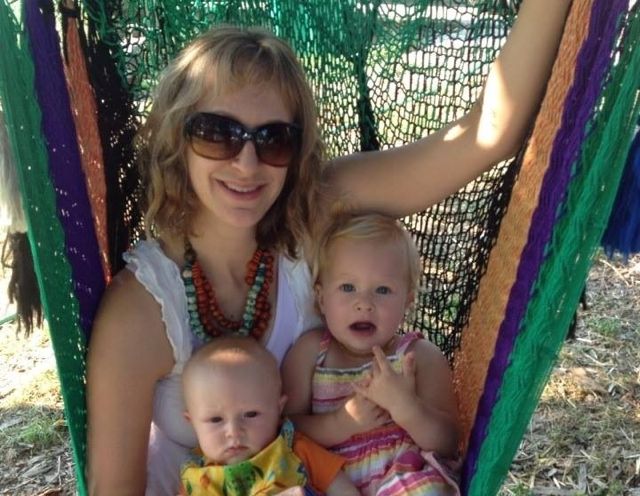By Kathryn Millhorn
 Brace yourselves, parents, here’s another thing to worry about: neophobia. At one time or another, all kids suffer from it and we’re left feeling like it’s our fault. But it’s not; neophobia is nothing more than a fancy term for a fear of new foods. Studies say that “neophobia reaches its peak between the ages of two and six years—when rejection of vegetables reaches an all-time high. This phobia explains why children in this stage of development often go on food jags in which they will eat only one or two foods that they like and refuse to eat anything else. Most kids outgrow food jags if parents and other caregivers don’t make a big deal about their food preferences.”
Brace yourselves, parents, here’s another thing to worry about: neophobia. At one time or another, all kids suffer from it and we’re left feeling like it’s our fault. But it’s not; neophobia is nothing more than a fancy term for a fear of new foods. Studies say that “neophobia reaches its peak between the ages of two and six years—when rejection of vegetables reaches an all-time high. This phobia explains why children in this stage of development often go on food jags in which they will eat only one or two foods that they like and refuse to eat anything else. Most kids outgrow food jags if parents and other caregivers don’t make a big deal about their food preferences.”
 A 2004 study from the Journal of the American Dietetic Association shows that it takes parents offering a new food from 8 – 15 times before it is accepted. But if intuition tells you something more is going on or that there might be an underlying problem, you can now consult Khimberly Schoenacker, a clinical pediatric dietitian, who spends her days assisting families with all things food.
A 2004 study from the Journal of the American Dietetic Association shows that it takes parents offering a new food from 8 – 15 times before it is accepted. But if intuition tells you something more is going on or that there might be an underlying problem, you can now consult Khimberly Schoenacker, a clinical pediatric dietitian, who spends her days assisting families with all things food.
A practicing dietitian for more than 10 years, Khim became certified in pediatrics almost five years ago. Growing up, her sister was diagnosed with cerebral palsy and ate via a feeding tube. This meshed with a love of nutrition classes in school and became her life’s calling.
“It’s harder in pediatrics because you’re not just working with one patient, you’re working with three: the parents and the child,” she explains. Parents are often more motivated to do whatever it takes for their child to thrive, thus it becomes a mutually rewarding partnership.
From the start of any consultation, things are tailored to “what are the big challenges a client is facing?” There is no one-size-fits-all problem or solution. “It’s all about balance.” Schoenacker’s goal is simple, “I want people to have a good, solid person to ask questions to; there are so many misleading things out there. I usually tell parents who strive to be too perfect to be more relaxed, kids pick up on the stress.”
This applies now, more than ever; with a new school year starting, making sure kids eat during their long day is crucial. Khim encourages packing items from all the food groups, especially a protein source for sustained energy. Add in a small quantity of new food each day because kids tend to try more in a socially comfortable environment…just make sure the new item isn’t the main entrée so they won’t be hungry if they don’t like it.
 She also praises thinking outside the box. As she says, “I became a much better pediatric dietitian after I had kids” and still tries new things with her infant son and toddler daughter. In her home, frozen peas are the latest ‘who’d’ve thought?!’ favorite food.
She also praises thinking outside the box. As she says, “I became a much better pediatric dietitian after I had kids” and still tries new things with her infant son and toddler daughter. In her home, frozen peas are the latest ‘who’d’ve thought?!’ favorite food.
If packing a lunch causes undue anxiety, Khim urges parents to relax. “When you bring emotions into eating, it becomes so much more stressful” for everyone involved. She is a font of information, helpful tips, and even websites geared towards creativity as well as nutrition (try www.100daysofrealfood.com).
Currently, Schoenacker works through the Northwest Pediatric Center in Centralia. Her office accepts referrals for insurance purposes but the process begins with a simple phone call to 360-736-6778. As Khim says, “my job is definitely interesting, it keeps me on my toes…and that’s why I love it!”
Kids challenge their parents every day, but occasionally it’s a symptom of a larger issue. With the overwhelming array of food allergies, eating disorders, weight management, and childhood hunger needs, it’s always good to have a skilled guide to lead you through the conflicting information and range of solutions.


















































